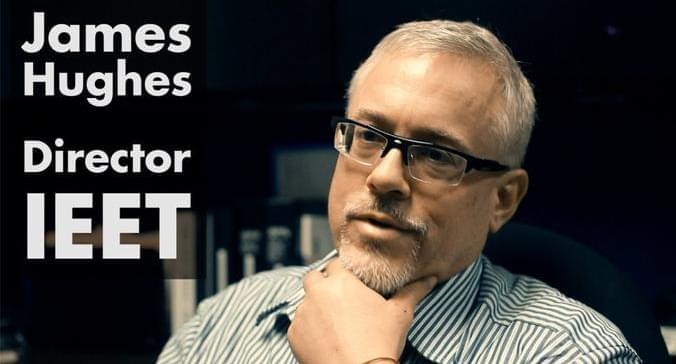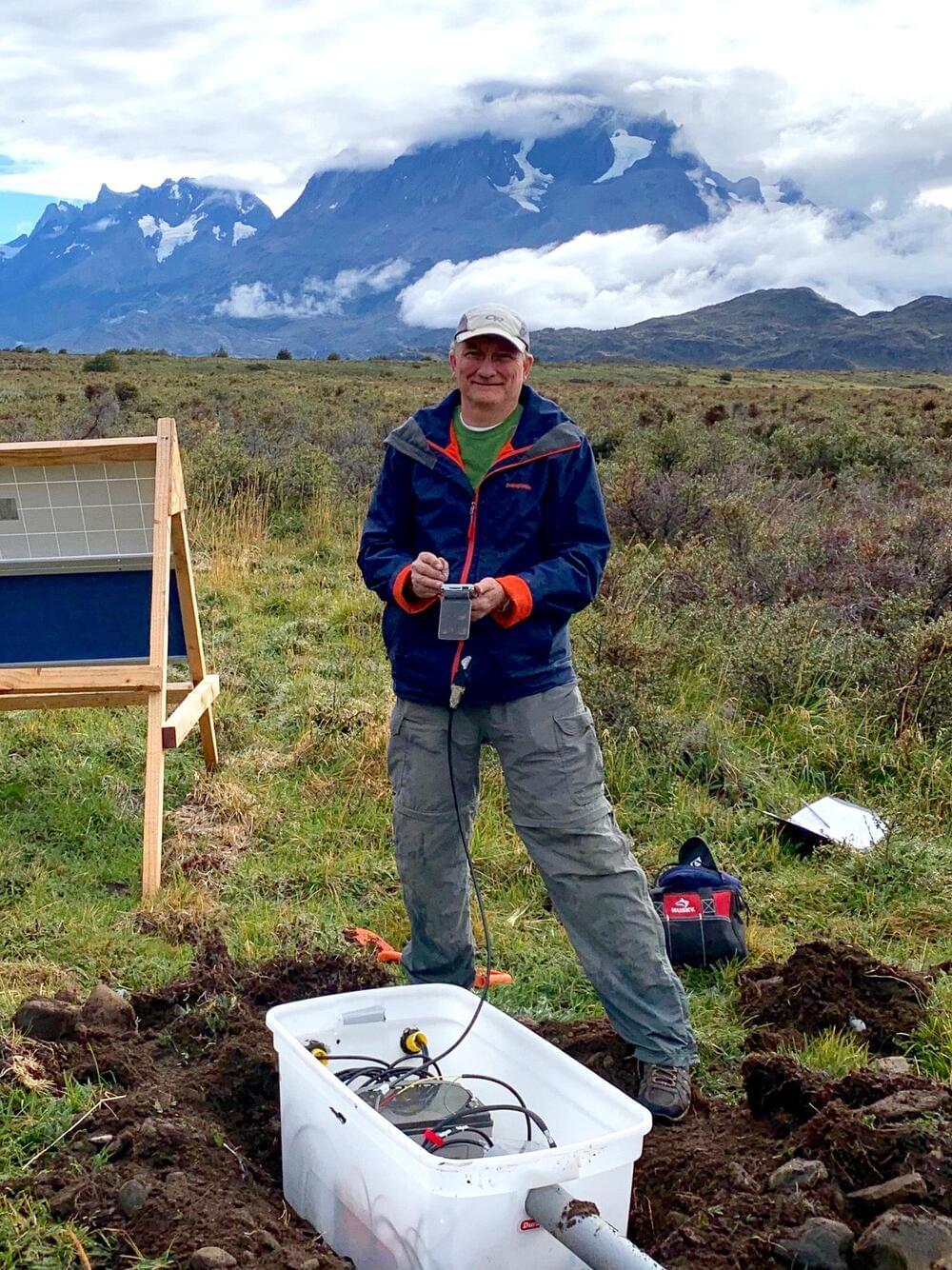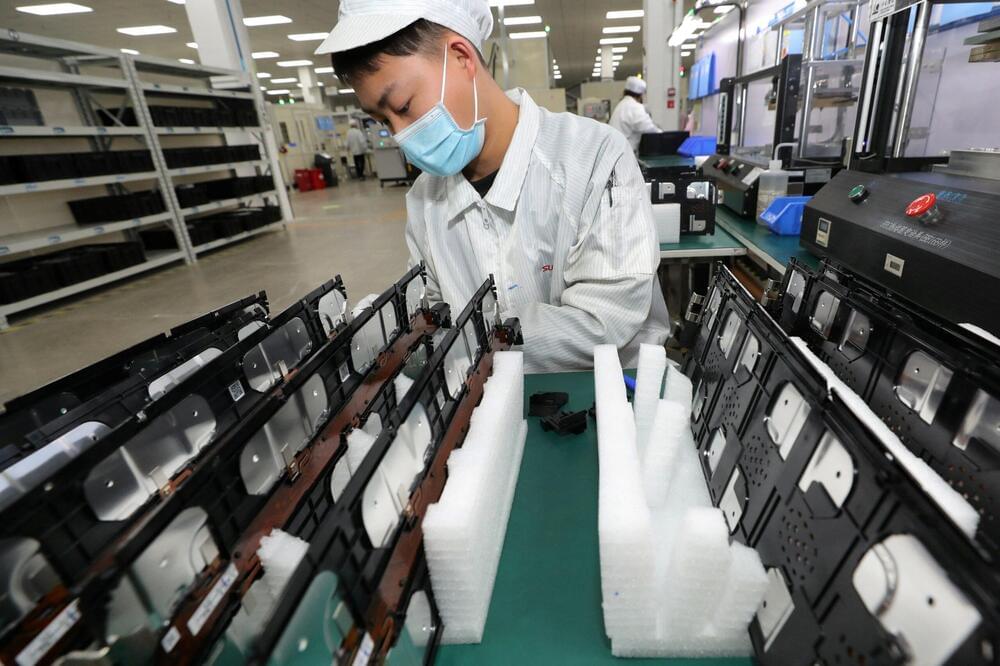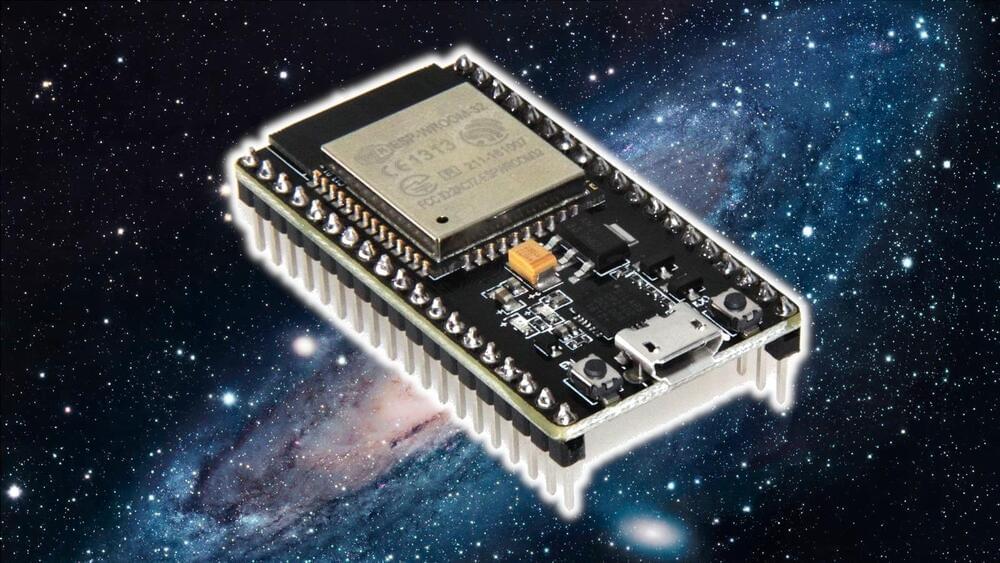Subscribe here: http://9Soci.al/v6PJ50GjSKI | Vladimir Putin has ruled Russia with an iron fist for more than 20 years as he began his invasion of Ukraine. An expert of Russian politics at ANU, Dr Leonid Petrov, said he believes the Russian leader is undermining “law-based world order” to replace it with “the law of the jungle”. (Broadcast February 26, 2022)
Stream full episodes on 9Now: https://9now.app.link/5Kxzlq5dX6
Follow ACA on Facebook: http://facebook.com/ACurrentAffair9
Follow ACA on Twitter: http://twitter.com/ACurrentAffair9
Follow ACA on Instagram: http://instagram.com/ACurrentAffair9
A Current Affair covers the realms of politics, crime, human rights, science, technology, celebrities and entertainment — all investigated by a dedicated team. A Current Affairs airs weeknights 7.00pm on Channel 9
#ACA #ACurrentAffair #TracyGrimshaw






